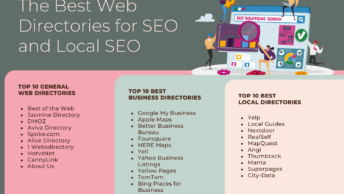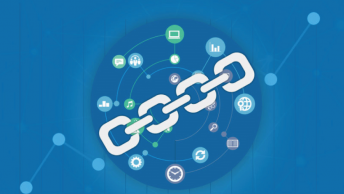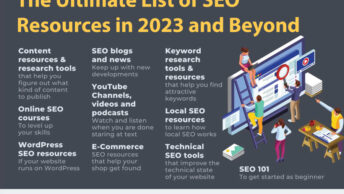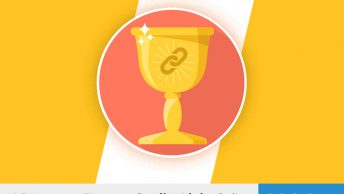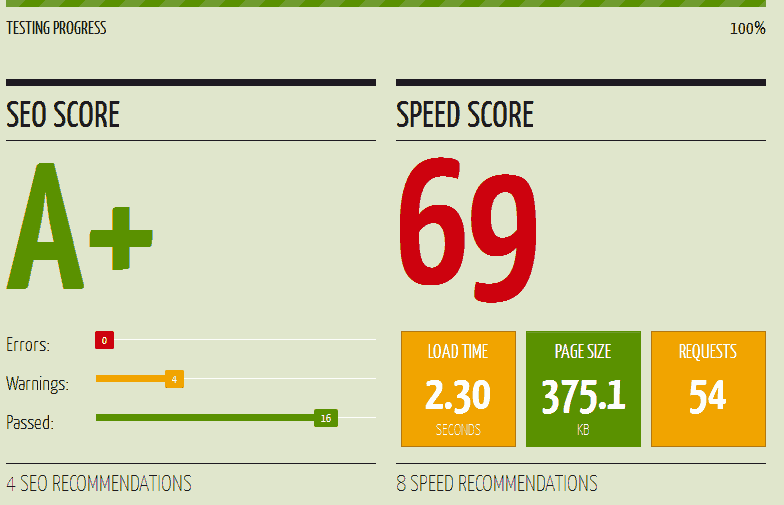
Web users have a notoriously small amount of patience and a low attention span. If your website is not speedy, accessible and attractive, potential customers will quickly click away.
Most web pages take roughly nine seconds to load on a mobile phone, or six seconds on a PC, according to Google. People can decide whether they like the look of a website within 50 milliseconds, research published in the journal Behaviour and Information Technology reveals.
Given that information, it is clear that your website has a maximum of 10 seconds to load up and engage a visitor enough to form a positive first impression.
Optimizing your website for speed and accessibility, and providing an attractive interface, can make the difference in how many people stay engaged — and later buy from you. If visitors linger for more than half a minute, they are much more likely to develop loyalty to your brand.
Get Your Website Up to Speed
Many people will abandon a website if it doesn’t load as quickly as they expected. Online shoppers are particularly impatient, so e-commerce website owners must make extra effort to get their pages loading faster. Even a 250 millisecond delay can mean your website gets fewer hits than that of a competitor, according to Microsoft.
Slow loading times can be caused by servers, so if your web hosting service isn’t up to scratch, consider investing in a virtual private server (VPS), cloud storage, or dedicated servers.
There are also many things you can adjust within your website to make it load faster. Excessive use of videos and images can eat up extra bandwidth, slowing a website’s loading time. Larger pictures load more slowly, so make your images small and punchy. Set the exact image size you want displayed on your web page before uploading pictures, as changing the dimensions on-page wastes bandwidth.
Outdated or badly-written HTML code slows websites down, as the browser needs to process all the information provided — even if it is later found to be redundant. Cut any code that is unnecessary, or get a programmer to do it. Javascript and Flash are even worse for making websites load slowly, so keep them to a minimum, at least on the front page of your website.
Extensions and plug-ins can put an extra load on your server, so use lightweight add-ons. If you do need to host lots of media-rich content, it is a good idea to load them from a second server, rather than directly from your own.
Malware or malicious code can delay your website’s response time, and can also cause alerts from firewalls and anti-virus programs. This may mean your site loads slowly — or not at all. Regularly scan your website to make sure it is clean.
Make Your Website Attractive
An attractive-looking website can not only draw customers in, but also make them more likely to buy later. Psychologically, people’s first impressions of things tend to influence their later decisions. A phenomenon called ‘the halo effect’ means that when a customer has already decided your website is worthy, they will find it difficult to change their mind. So people will tend to rate your content more highly if they initially like your design. Make your website impress at the very first micro-glance.
While you want to avoid multiple images for the sake of speed, you can still make your website visually appealing without too many pictures. Consider using one single image that draws the eye to your home page, and use bold fonts to make your pages more attractive.
Less can be more when it comes to web design, and these days, clean, minimalistic layouts are highly prized. White spaces are a popular way of getting a clean and simple look, and are easy on the eye.
Use contrasting colors to make your web pages stand out. If you’re not sure what colors to use, green is the least tiring on the eyes, while yellow is the hardest color for the human eye to process. Blue tends to build trust, while orange encourages impulse buys and sign-ups.
Make Your Website Accessible
People like information which is readily understandable and simple to follow. This goes for both your website layout, as well as what it offers. In fact, websites which are both highly usable and attractive, tend to be seen as more trustworthy and credible.
Ensure that visitors find relevant information where they expect to see it. Typically, your business logo should be placed in the top left of the header. If you have a search function, people will expect to find it on the top right of your web page. Opt-in boxes should go on the right sidebar, as a rule.
Make it blindingly obvious what the purpose of your website is, and what value it offers visitors. E-commerce sites should follow the layout of a shop, while blogs should have options for navigating to other similar posts.
As well as showing your customers clearly what type of site it is, make your value proposition leap out from the page. What exactly makes your business superior? Do you offer the lowest prices, the fastest service, or some kind of guarantee? Point out clearly what makes you a specialist, or the best at what you do. Let customers know quickly why it’s worth sticking around.
People pay more attention to large headlines than to images, according to research released by The Poynter Institute. A few choice words written boldly at the top of your web page can help to grab attention.
Make sure whatever information you post on your pages is relevant and clear. Don’t mislead people to get them to click through to your website. Minimize bounces by giving customers exactly what you promised in your web page headline, tags and metadata.
Measure and Adjust
You can get detailed information about your website’s appeal to visitors by using Google Analytics. This tool will give you data on how long people spend on your website and how many pages they visit.
The most important metric is the generally the visits that come as a result of a search engine query. If someone has typed your keywords into Google, they are focused on finding specific information or products. Their browsing patterns will be much more useful to you than that of people who visited out of curiosity, perhaps from social media. The bounce rates and visit times from web users with an intent to buy will reveal whether your website delivers what people want quickly.
Similarly, people who have arrived on your pages through links on related websites are likely to have a concrete interest in your topic, products or service. If these visitors leave immediately, it may be time to revamp your website design.
There are free online tools that can tell you how fast your website loads, and what specific elements may be slowing it down. If possible, test potential web designs and layouts among customers to find out which they prefer.

